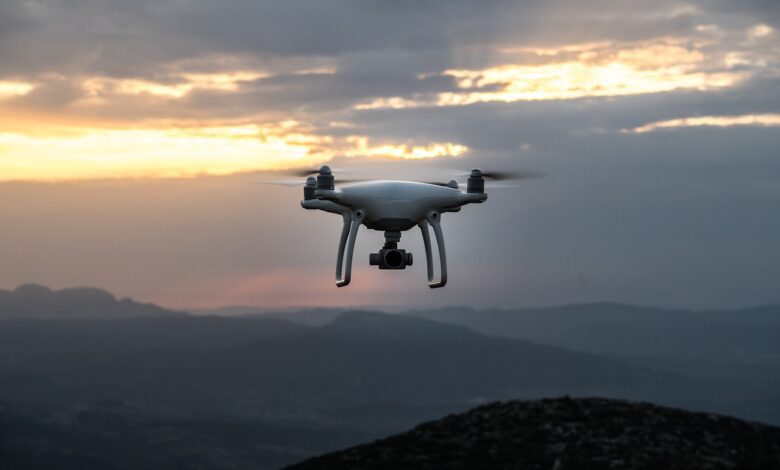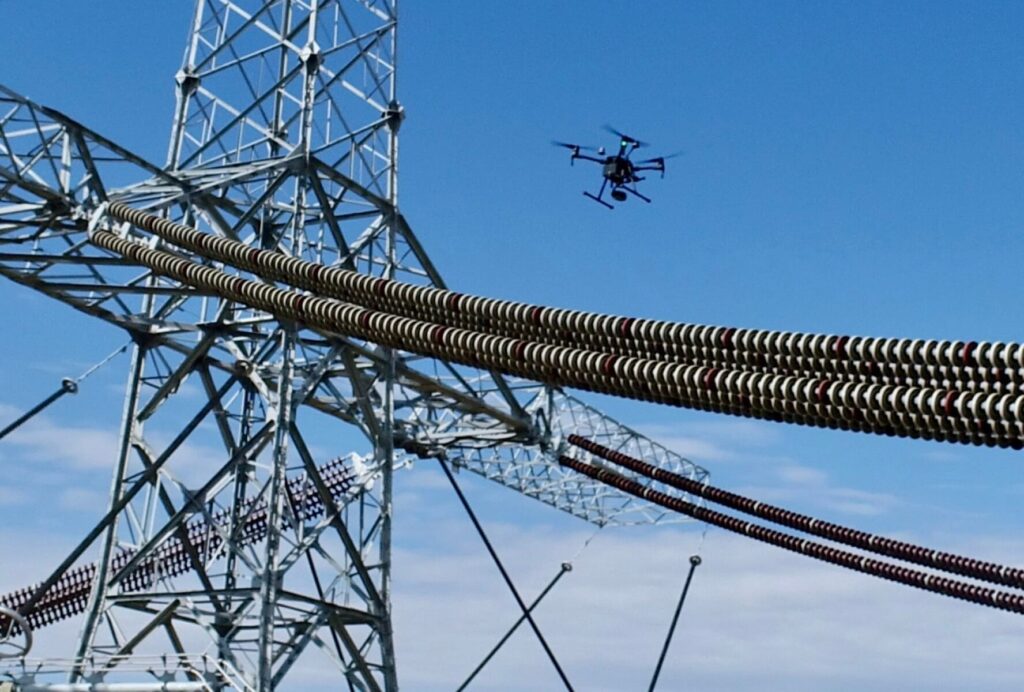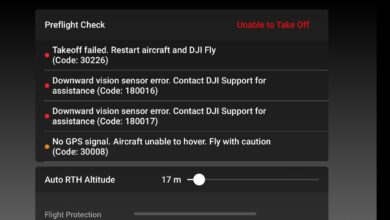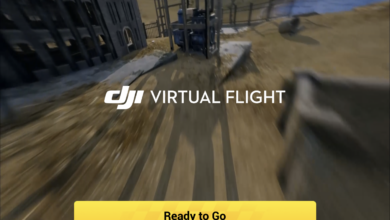Airtonomy’s Cutting-Edge Aerial Inspection Solutions Unlock Efficiency and Accuracy

The requirement for effective and reliable inspection procedures is greater than ever in today’s continuously expanding industries. Airtonomy, a major supplier of drone-based solutions, has established itself as a pioneer in aerial inspections. Airtonomy is revolutionising how companies do inspections by using cutting-edge technology and novel techniques, improving safety, accessibility, and data analysis. In this blog article, we’ll take a look at Airtonomy’s aerial inspection products and see how they’re changing industry practises.

Improving Accessibility and Safety:
One of the key benefits of Airtonomy’s airborne inspection solutions is that they improve safety and accessibility. Traditional inspection techniques sometimes include physical labour, which poses dangers to employees and has limits in accessing dangerous or difficult-to-access locations. Drones from Airtonomy are outfitted with powerful sensors and automation capabilities, enabling them to traverse difficult settings and gather critical data without endangering human safety. Airtonomy’s drones offer a safe and efficient alternative to physical inspections of towering buildings and roofs, as well as industrial sites and infrastructure.

Exceptional Data Collection and Analysis:
The airborne inspection systems from Airtonomy provide unrivalled data collecting capabilities. Their drones acquire exact and comprehensive data thanks to high-resolution cameras, heat sensors, LiDAR scanners, and other modern imaging technology. These sensors allow for thorough examinations of infrastructure, utility networks, pipelines, power lines, and other systems. The information gathered is useful for asset condition evaluation, fault discovery, structural analysis, and maintenance planning. Industries may acquire precise and trustworthy data for important decision-making processes with Airtonomy’s cutting-edge technology.
Efficiency and automation:
Airtonomy’s airborne inspection solutions include automation and efficiency, easing the inspection process. Their self-driving drones may be programmed to fly along predetermined pathways, collecting reliable and repeatable data at regular intervals. This technology reduces the need for human piloting, resulting in more efficient inspection coverage. Users may specify particular regions of interest, establish inspection settings, and create complete reports using Airtonomy’s powerful flight planning software. Airtonomy optimises operations, saves time, and enhances overall aerial inspection efficiency by automating these procedures.
Monitoring and analysis in real time:
Airtonomy’s products enable real-time monitoring and analysis. Live data feeds are provided to a ground station while the drone performs inspections, enabling controllers to monitor progress and verify the quality of the data being acquired. This real-time monitoring allows fast modifications and assures inspection coverage and accuracy. Airtonomy also employs AI-powered algorithms to analyse acquired data on-site or in post-processing. This data analysis allows for the early discovery of abnormalities, flaws, or possible dangers, allowing for quick decision-making and proactive maintenance measures.
Airtonomy performs airborne assessments using cutting-edge drone technology and specialised equipment.
Here’s a summary of the procedure they use:
- Mission Planning: Airtonomy starts by working with their customers to identify the inspection’s goals and needs. This involves selecting the regions to be examined, detailing the data to be obtained, and comprehending any unique problems or hazards.
- Drone Deployment: After determining the mission parameters, Airtonomy sends its autonomous drones to the inspection location. Depending on the inspection demands, these drones are outfitted with high-resolution cameras, heat sensors, LiDAR scanners, or other specialised imaging equipment. To guarantee accurate and safe flying, the drones are also outfitted with modern navigation systems, obstacle avoidance capabilities, and GPS technology.
- Autonomous Flight: Using their proprietary flight planning software, Airtonomy’s drones are programmed to follow specified flight routes or waypoints. This automation enables for consistent and reproducible data gathering throughout numerous flights, ensuring that the inspection area is thoroughly covered. Drones take photos, movies, or sensor readings automatically based on predefined criteria.
- Real-Time Monitoring: Airtonomy’s base station gets live data feeds from the drones during the airborne examination. Operators may monitor the progress of the inspection to ensure that the required regions are successfully covered. Real-time monitoring enables quick changes, such as changing flight trajectories or collecting extra data in particular regions of interest.
- Data Analysis: Airtonomy’s drones gather data, which is subsequently analysed using powerful algorithms and software tools. Depending on the kind of inspection and the particular data obtained, this analysis may involve image processing, data fusion, and feature extraction methods. AI-powered algorithms may be used to find abnormalities, faults, or possible dangers in the examined assets or infrastructure.
- Reporting and Insights: Following the completion of the data analysis, Airtonomy gives thorough reports to its customers that include the results, insights, and suggestions. Visual representations of the acquired data, such as photos, maps, or 3D models, as well as comments and annotations, may be included in these reports. The reports are designed to give customers with actionable information that allows them to make educated choices about maintenance, repairs, and future planning.
Airtonomy places a significant focus on safety and regulatory compliance throughout the whole airborne inspection process. To reduce hazards and assure dependable operations, their drones are outfitted with fail-safe mechanisms, collision avoidance systems, and redundant control systems.
Airtonomy provides precise and efficient aerial inspections across several sectors by using modern drone technology, automation capabilities, and data analysis experience. Their method improves processes, increases safety, and gives useful insights for improved asset management and decision-making.
Conclusion:
Airtonomy’s airborne inspection solutions have transformed how industries perform inspections, enabling more efficiency, accuracy, and safety. Airtonomy enables organisations to optimise their inspection processes by combining innovative drone technology, automation, and real-time data analysis. Airtonomy’s solutions provide concrete advantages across a broad variety of businesses, from improving safety and accessibility to delivering unrivalled data collecting capabilities. Airtonomy’s cutting-edge methodology is poised to change the future of airborne inspections, allowing companies to make informed choices, decrease costs, and guarantee the lifetime and dependability of their assets as demand for efficient inspections grows.
Follow Dronephi on Twitter, Facebook, Instagram, and LinkedIn, or join on Telegram channel for all the latest updates on FPV, Drone Tech, Military Drones, Drone Related News, and more!




